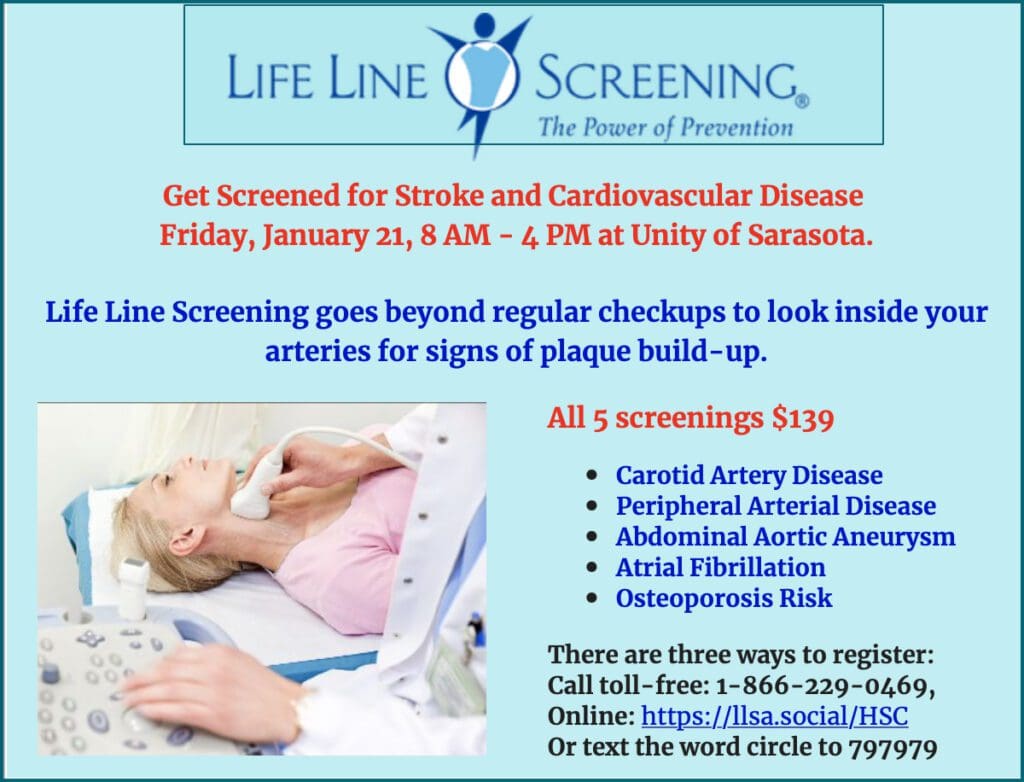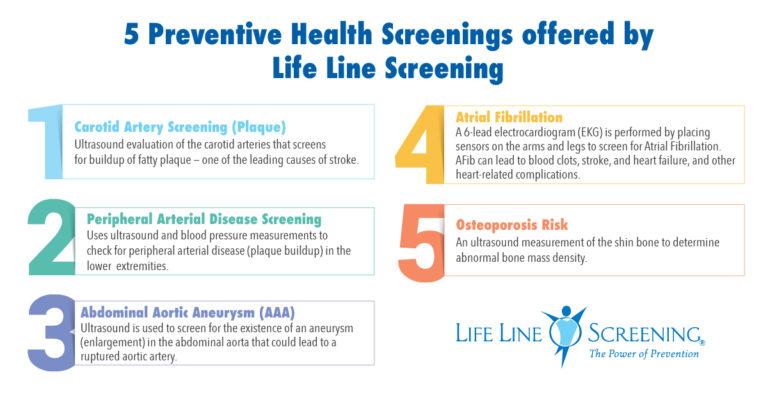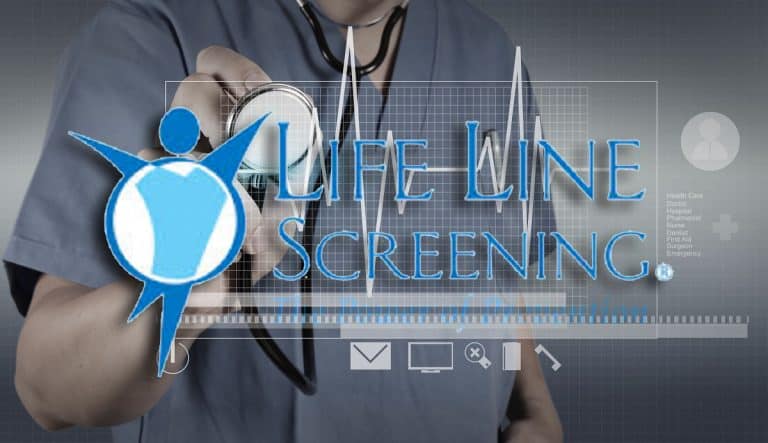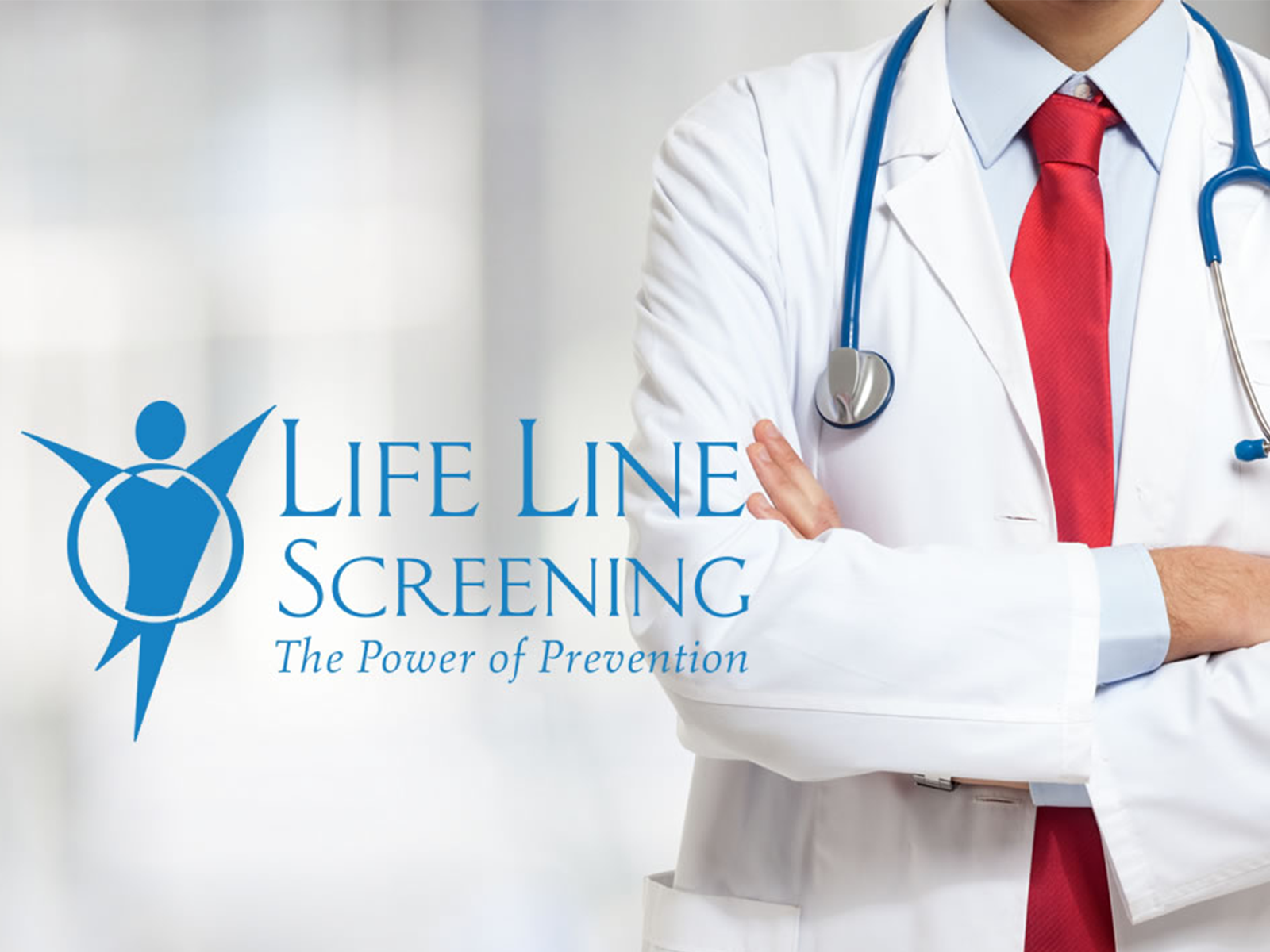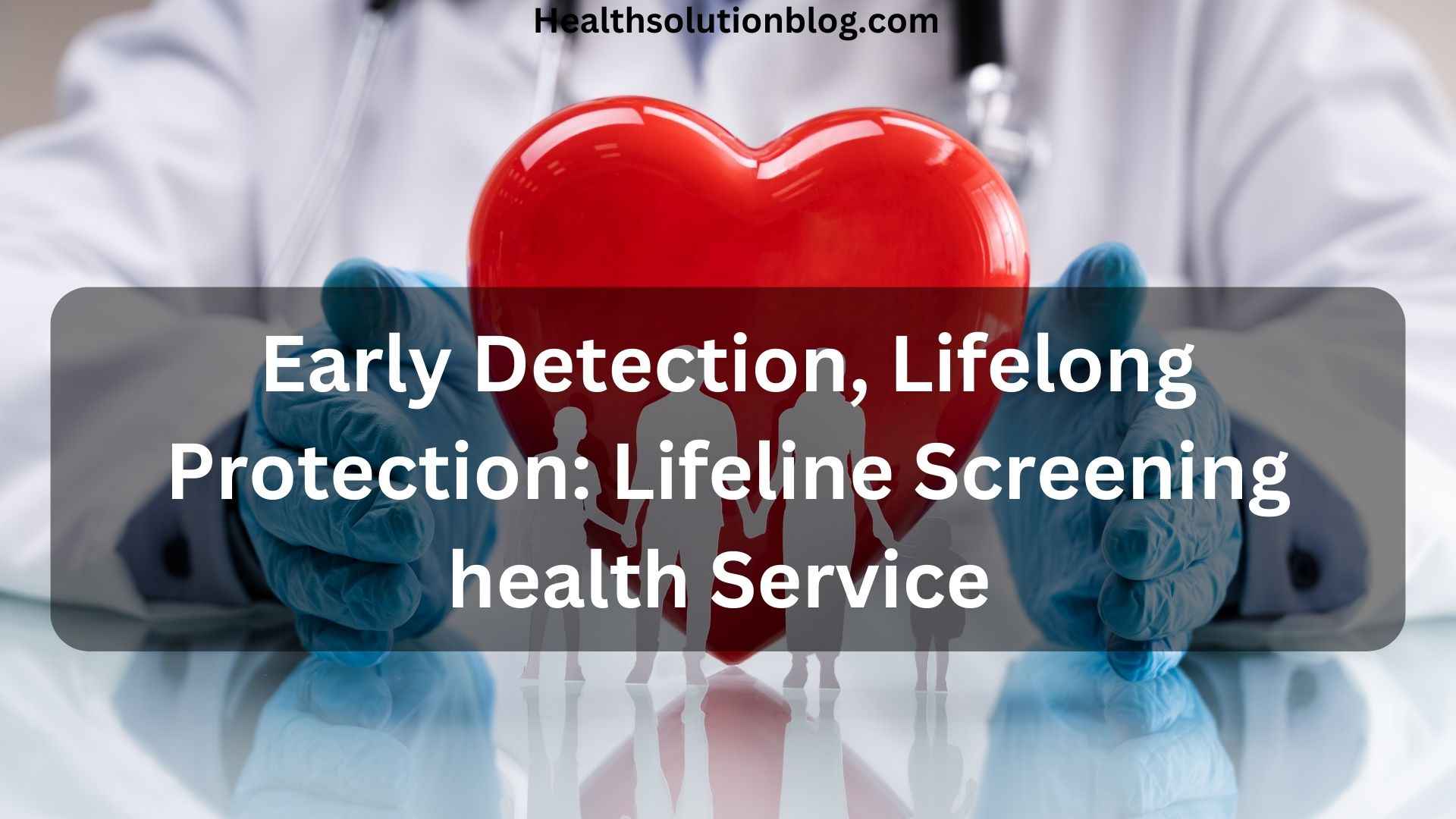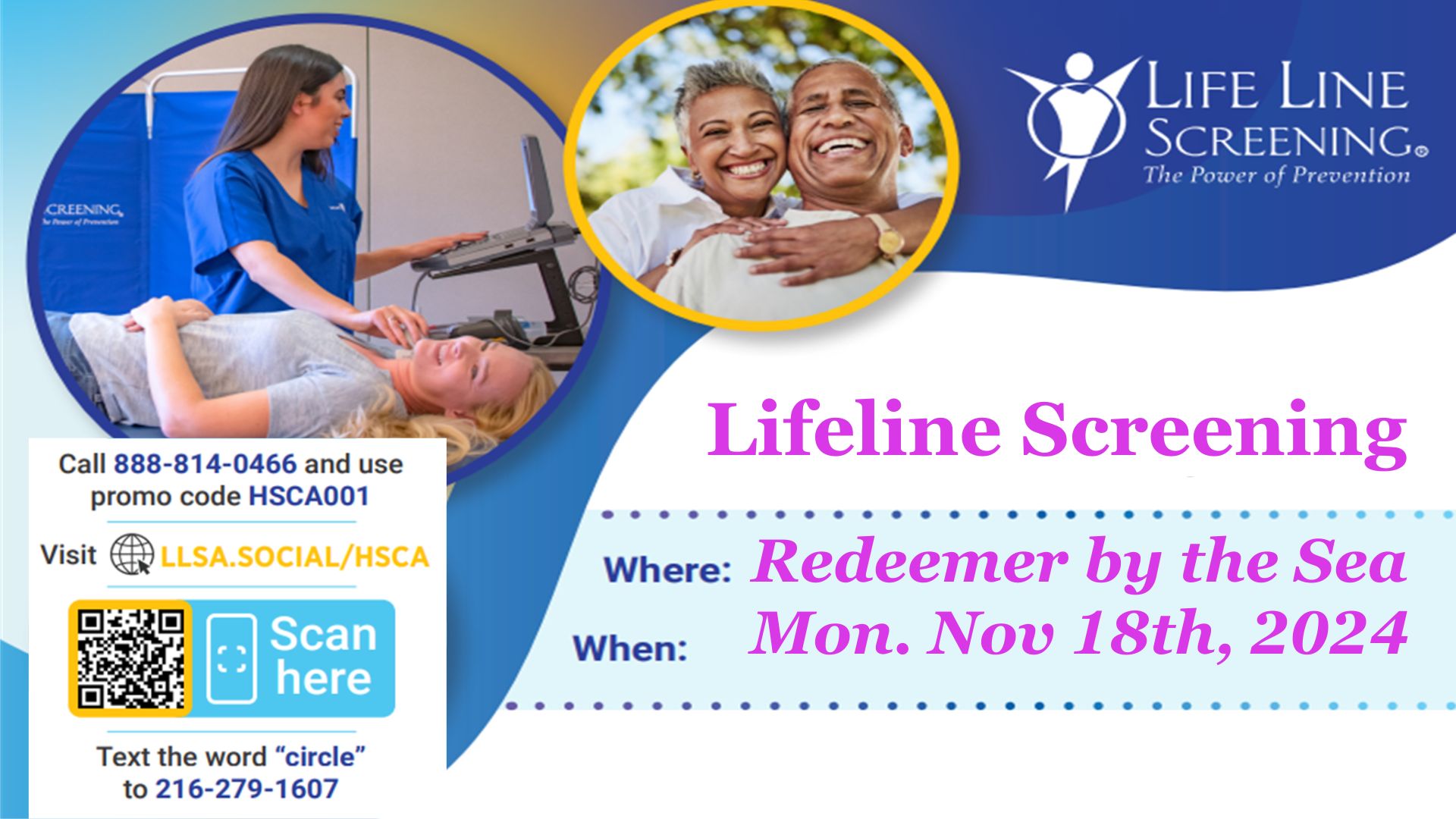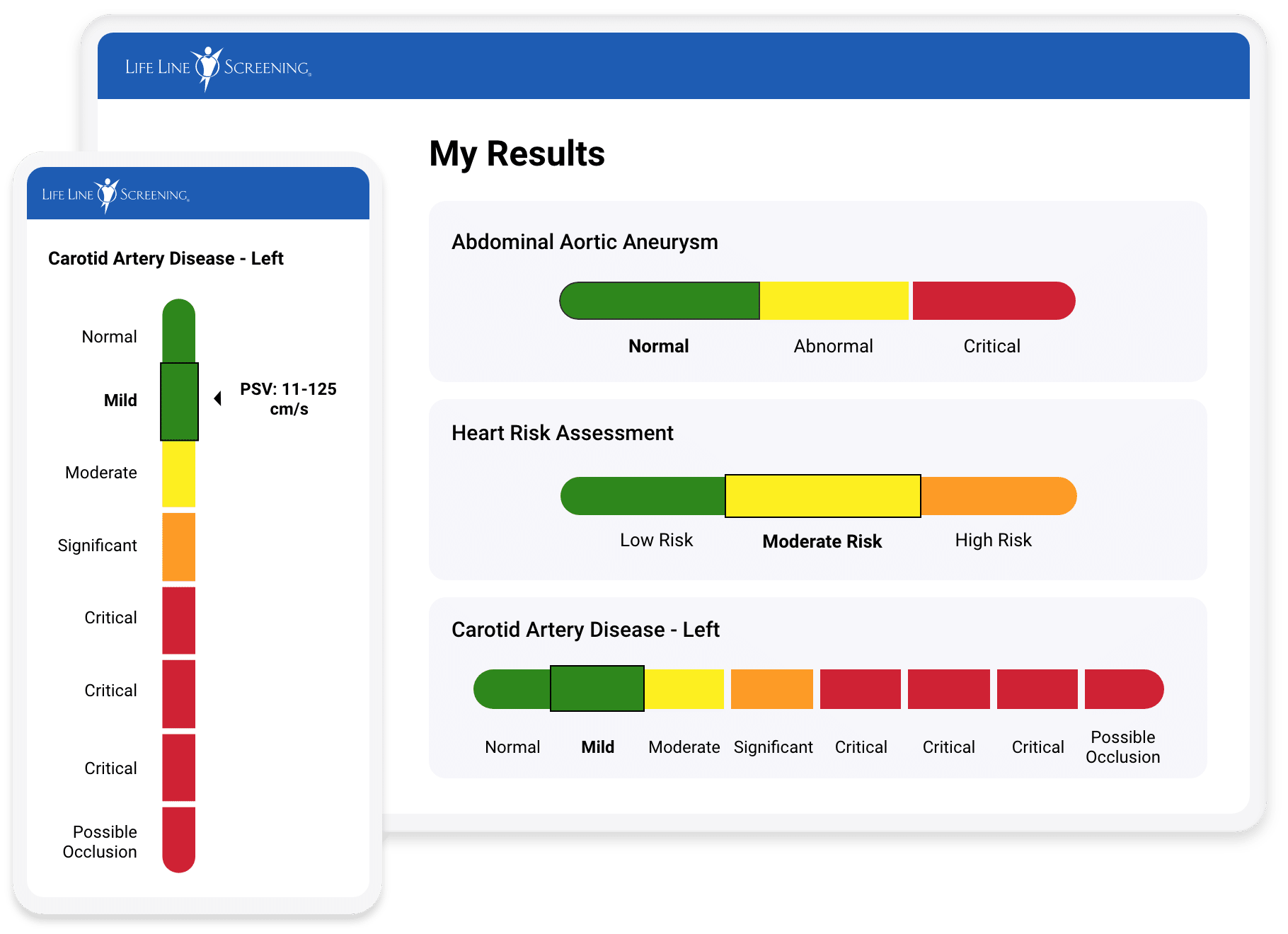Is Lifeline Screening A Good Idea

The promise is alluring: a quick, affordable screening that could detect hidden dangers lurking within your arteries, potentially saving your life from stroke or aneurysm. Lifeline Screening, a company offering preventative health scans, has become a ubiquitous presence in community centers and churches across the nation. But behind the veneer of proactive healthcare lies a complex debate, leaving many wondering: is Lifeline Screening truly a worthwhile investment, or a source of unnecessary anxiety and expense?
This article delves into the multifaceted world of Lifeline Screening, examining its methodology, the scientific evidence supporting its claims, and the concerns raised by medical professionals and regulatory bodies. It aims to provide readers with a balanced perspective, empowering them to make informed decisions about their health and whether Lifeline Screening aligns with their individual needs and risk factors. We will explore the potential benefits alongside the documented risks of false positives and overdiagnosis, ultimately helping you determine if this service is a valuable tool for preventative care, or a potentially misleading detour on the path to wellness.
Understanding Lifeline Screening's Offerings
Lifeline Screening offers a suite of non-invasive tests designed to detect early signs of vascular disease. These typically include ultrasound screenings for carotid artery disease, abdominal aortic aneurysms (AAA), peripheral arterial disease (PAD), and atrial fibrillation (AFib). The screenings are often advertised as a cost-effective way to identify potential health problems before they become life-threatening.
The carotid artery screening aims to identify plaque buildup that could lead to stroke. The AAA screening looks for enlargement of the aorta, which can rupture and cause internal bleeding. PAD screening assesses blood flow in the legs, indicating potential blockages, and AFib screening checks for irregular heart rhythms which can lead to stroke.
The Scientific Debate: Accuracy and Efficacy
The accuracy and efficacy of Lifeline Screening's services are subjects of ongoing debate within the medical community. Some studies have questioned the value of widespread screening for certain conditions like AAA in individuals without specific risk factors. Others raise concerns about the high rate of false positives, which can lead to unnecessary anxiety and further, potentially invasive, testing.
The U.S. Preventive Services Task Force (USPSTF), a leading authority on preventative healthcare, recommends one-time screening for AAA in men aged 65 to 75 who have ever smoked. However, they do not recommend routine screening for AAA in women or men who have never smoked. This reflects the evidence-based approach to preventative care, focusing on populations with the highest risk.
Concerning carotid artery stenosis, the USPSTF concludes that the current evidence is insufficient to assess the balance of benefits and harms of screening for asymptomatic carotid artery stenosis in the general adult population. This underscores the importance of individualized risk assessment and consultation with a physician.
Concerns About False Positives and Overdiagnosis
A significant concern surrounding widespread screening programs like Lifeline Screening is the potential for false positives. A false positive result indicates a problem where none exists, leading to unnecessary follow-up tests, anxiety, and even invasive procedures. The risk of false positives is higher in low-risk populations.
Overdiagnosis is another potential consequence. This occurs when screening detects abnormalities that would never have caused symptoms or death if left untreated. Treating these abnormalities can expose individuals to unnecessary risks and side effects.
These outcomes are not to say there are not any benefits. If risk factors are present, the screenings can identify an issue to allow for preventative measures and reduce potential health impacts.
The Financial Aspect: Cost vs. Value
Lifeline Screening offers its services at a relatively low cost compared to undergoing similar tests in a hospital setting. However, the out-of-pocket expense is still a factor to consider, especially if the screenings lead to further, more expensive, diagnostic procedures. Some insurance providers may not cover the cost of follow-up tests resulting from Lifeline Screening findings.
Consider the opportunity cost: the money spent on Lifeline Screening could potentially be used for other preventative measures, such as maintaining a healthy lifestyle, consulting with a primary care physician, or addressing other health concerns. A visit to your primary care physician may be able to provide you with the same testing and recommendations, typically covered by your insurance policy.
Expert Perspectives and Regulatory Scrutiny
Many medical professionals advocate for a more personalized approach to preventative care, emphasizing the importance of individual risk assessment. They recommend discussing risk factors with a primary care physician to determine if specific screenings are appropriate.
Organizations like the American Heart Association and the American Stroke Association emphasize the importance of managing risk factors like high blood pressure, high cholesterol, smoking, and diabetes. Lifestyle modifications and prescribed medications can be used to improve quality of life, especially when detected by a trained professional.
Regulatory bodies, such as the Food and Drug Administration (FDA), oversee the safety and efficacy of medical devices used in screening programs. They ensure that the devices meet specific standards and that the screenings are performed by qualified personnel.
Making an Informed Decision
Deciding whether or not to undergo Lifeline Screening is a personal one. It requires careful consideration of individual risk factors, potential benefits and risks, and financial implications. Consulting with a primary care physician is crucial.
Before opting for Lifeline Screening, discuss your medical history and family history with your doctor. Ask about your risk factors for vascular disease and whether specific screenings are recommended based on your individual needs. Be sure to ask about any potential out of pocket costs you might expect if follow-up testing is recommended.
Consider the potential for false positives and the anxiety and costs associated with unnecessary follow-up tests. Explore alternative preventative measures, such as lifestyle modifications and regular check-ups with your doctor. In summary, talk to your doctor.
The Future of Preventative Screening
The landscape of preventative screening is constantly evolving with advancements in technology and a growing understanding of disease risk. As research continues, we may see more targeted and personalized screening programs that minimize the risk of false positives and overdiagnosis. One can imagine point of care testing making its way into doctors’ offices and even pharmacies.
The key to effective preventative care lies in a collaborative approach between individuals and their healthcare providers. By prioritizing personalized risk assessment, informed decision-making, and evidence-based screening practices, we can optimize the benefits of preventative care and improve overall health outcomes. Always do your research and seek a second opinion.





